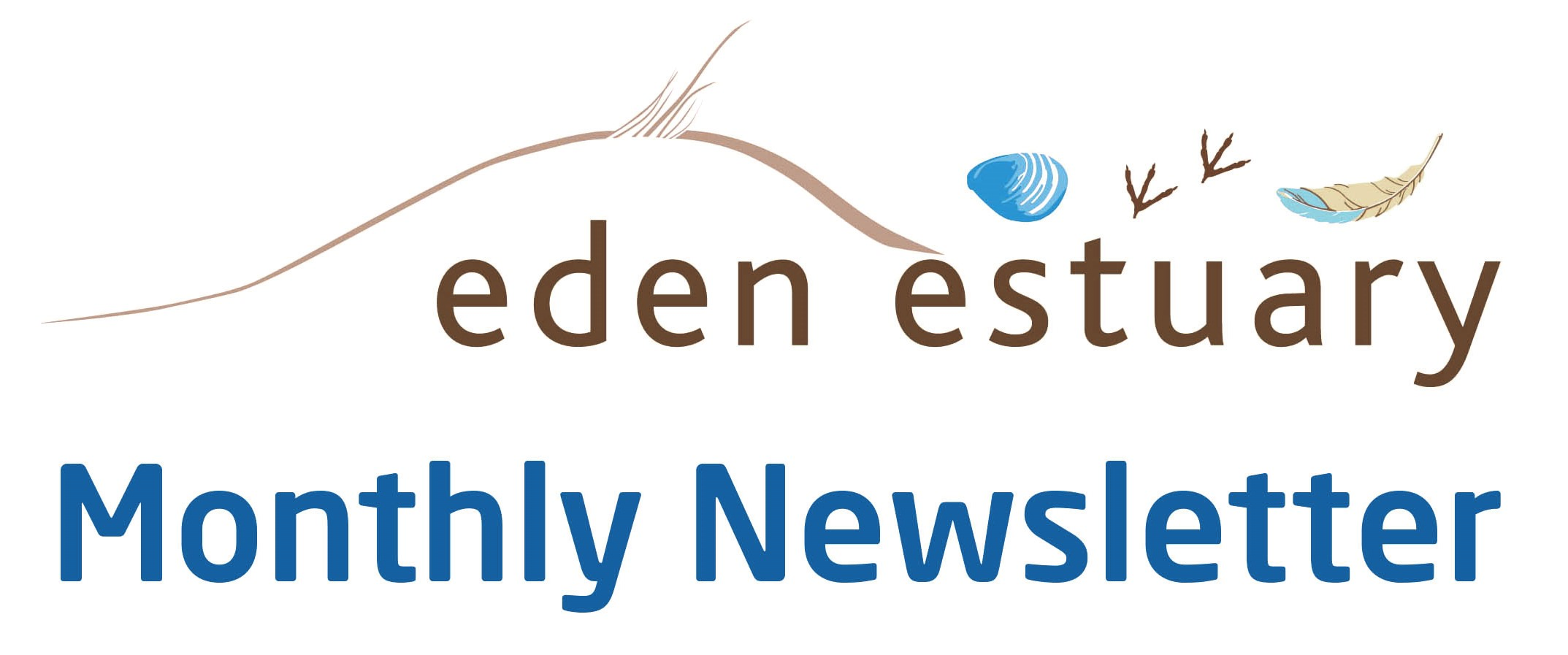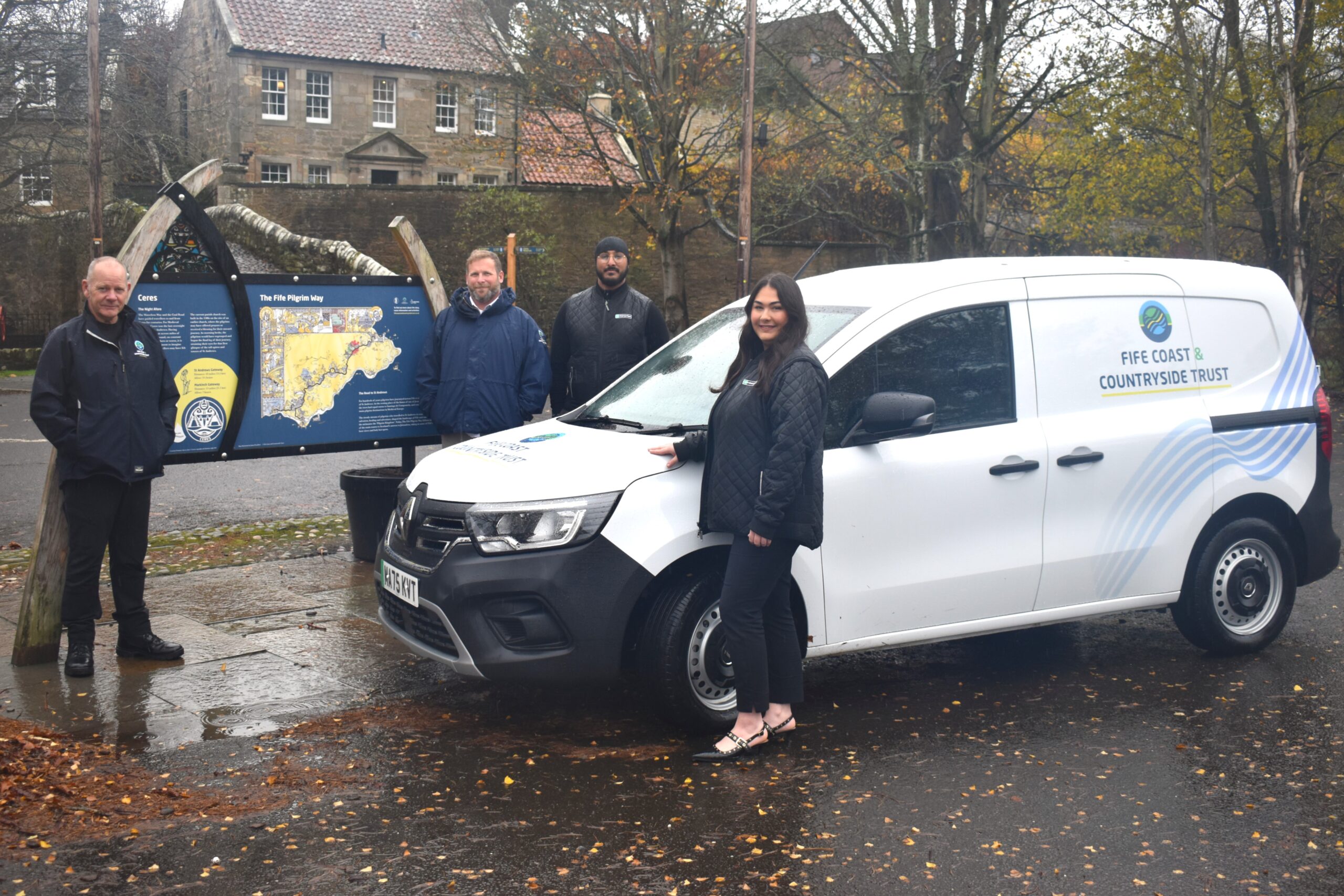- experience
- engage
- enjoy
Innovative investment partnership to finance East Neuk nature restoration
Publish Date: Thursday November 30, 2023

A new grant programme, the Facility for Investment Ready Nature in Scotland (FIRNS), is funding a pilot project in the East Neuk, which seeks to blend public, philanthropic and private financing to restore natural ecosystems in the Dreel Burn catchment near Anstruther.
The Dreel Burn Investment Readiness Partnership, also supported by Fife Council’s Shared Prosperity Fund, brings together community organisations, national agencies, green finance and land management specialists to work with local businesses and residents, developing a new model to fund nature restoration.
The project is led by Fife Coast & Countryside Trust (FCCT) and its partners are Anstruther Improvements Association, Apella Advisors, CreditNature, Fife Council, James Hutton Institute, North Star Transition and Scottish Environment Protection Agency.
Kate Anstruther, Trustee of Anstruther Improvements Association, said: “The AIA launched its Dreel Burn Project in 2022 and we are delighted to see how the hard work of our volunteers at a local level is contributing towards the development of a sustainable, long-term catchment management plan for the restoration of the Dreel Burn.
We want a clean, biodiverse and vibrant river, valued by the farming, fishing, rural and urban communities of the East Neuk. The partnership will resource our communities to act as responsible stewards of the burn.”
FIRNS is contributing £259,000 to the project with £75,000 coming from Fife Council’s Shared Prosperity Fund.
With scientific input from James Hutton Institute, the partnership aims to work with landowners to identify and recommend nature-based land management improvements across the Dreel Burn catchment to support landscape-scale restoration. Benefits to the area include growth in natural populations of fish and molluscs, improvements to local water quality, and resilience to drought conditions.
Antonia Boyce, Climate Innovation Hub Manager at the James Hutton Institute, said: “Our mission is to be at the forefront of innovative and transformative science for sustainable management of land, crop and natural resources that supports thriving communities. We are delighted to be working on this important pilot, that should serve as a blueprint for many other places across Fife and Scotland.”
Jeremy Harris, CEO of FCCT, said: “People in Fife are starting to recognise the signs of climate change as they go about their lives. In recent weeks the Kingdom has felt the impact of more intense seasonal storms and tides, and we’ve seen unprecedented damage to our coastal infrastructure.
There is an urgent need for new thinking as we work together to tackle the large and complex challenges facing our natural environment. Our view is that we need all parties at the table since all sectors have a role to play in looking after the natural environment upon which we all, ultimately, depend. This project will go a long way to developing practical ways of making that happen, and offering tangible improvements, initially to the Dreel Burn, but eventually throughout Fife and beyond.”
Project partner CreditNature is developing a system of nature impact tokens that will allow investors to finance nature restoration, safe in the knowledge that their investment will have measurable and lasting impact. In this way, local landowners will benefit from direct investment in biodiversity and ecosystems.
NatureScot Chief Executive, Francesca Osowska, says: “I’m inspired by the creativity and ambition that projects like the Dreel Burn Investment Readiness Partnership show us, as we scale up our efforts to halt biodiversity loss and create a nature-rich country for us all.
A thriving natural capital market that benefits the restoration of our rivers, coasts, rainforests, peatlands, farmlands, and urban greenspaces is great for communities and great for nature.”
It’s hoped that successful delivery of the Dreel Burn pilot project will inspire others and motivate them to tackle similar issues in their community.
Photo copyright Bill Bruce


